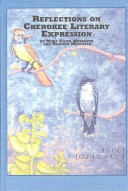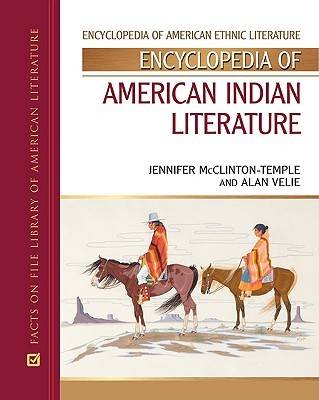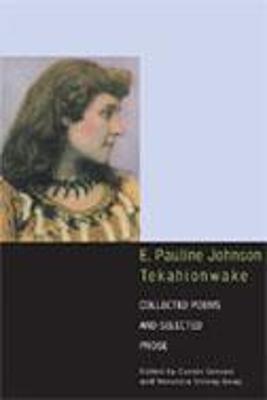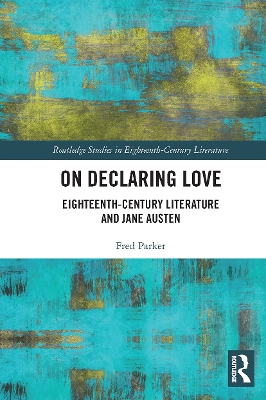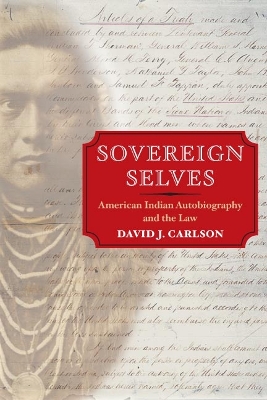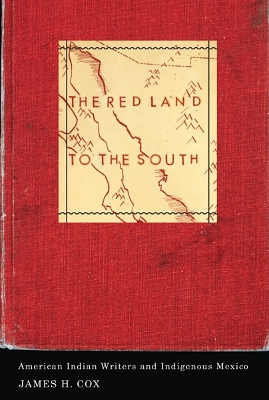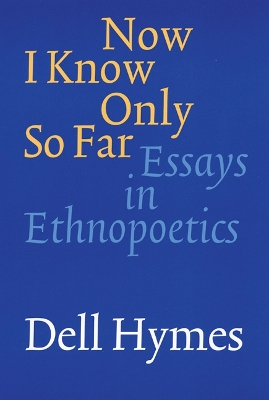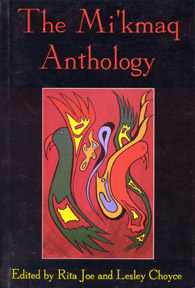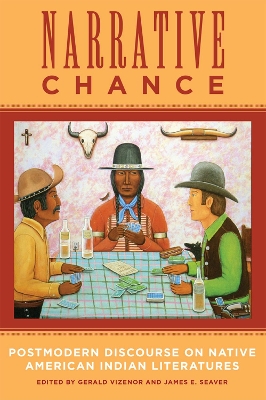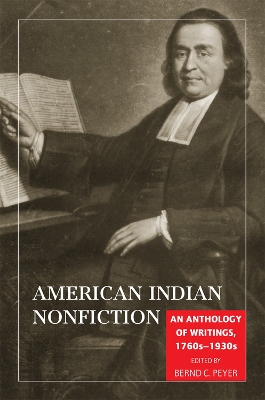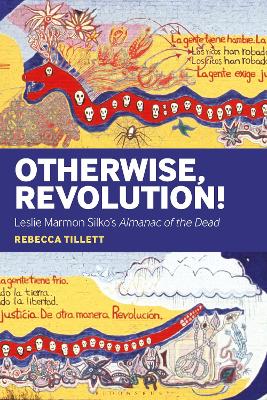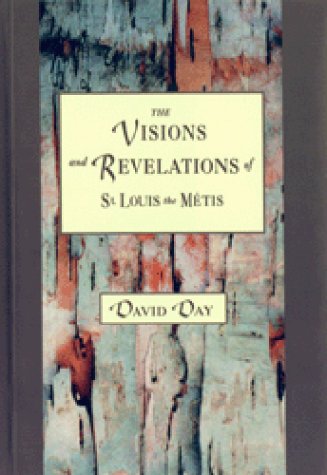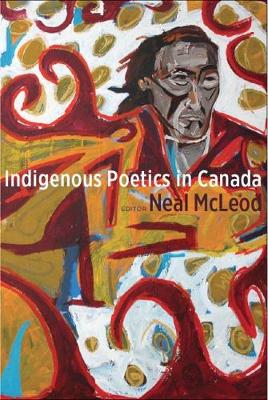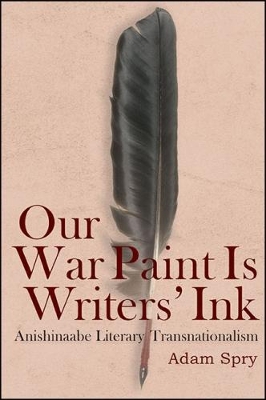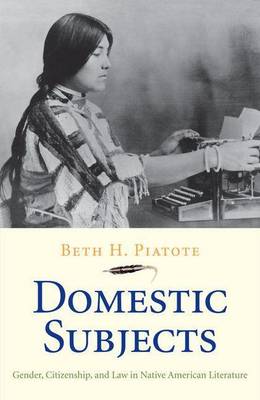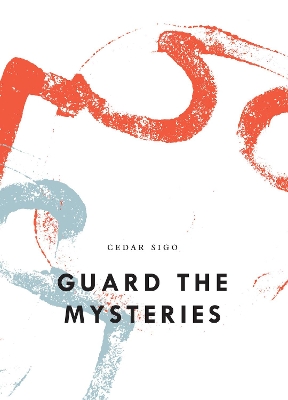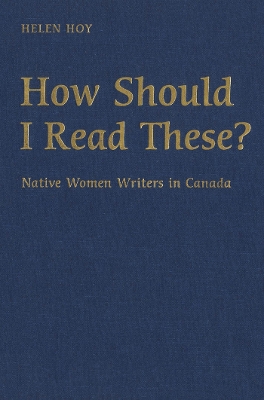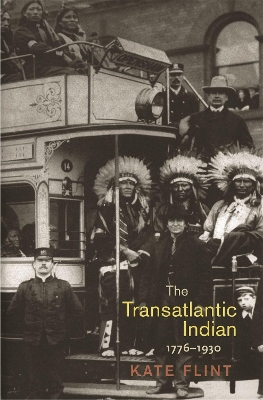Reading Cherokee Literature (Native American Studies, #12)
by Howard Meredith
Encyclopedia of American Indian Literature
by Jennifer McClinton-Temple and Alan R. Velie
American Indians have produced some of the most powerful and lyrical literature ever written in North America. ""Encyclopedia of American Indian Literature"" covers the field from the earliest recorded works to some of today's most exciting writers. This encyclopedia features the most respected, widely read, and influential American Indian writers to date. Coverage includes: Sherman Alexie; American Indian Movement; ""Assimilation""; ""Ceremony""; Louise Erdrich; Joy Harjo; ""House Made of Dawn"...
E. Pauline Johnson (Tekahionwake) was a Native advocate of part-Mohawk ancestry, an independent woman during the period of first-wave feminism, a Canadian nationalist who also advocated strengthening the link to imperial England, a popular and versatile prose writer, and one of modern Canada's best-selling poets. Johnson longed to see the publication of a complete collection of her verse, but that wish remained unfulfilled during her life. Nine decades after her death, the first complete colle...
On Declaring Love (Routledge Studies in Eighteenth-Century Literature)
by Fred Parker
"What did she say? – Just what she ought, of course. A lady always does." This book explores the act of declaring love in works of literature written between the middle of the eighteenth century and the death of Jane Austen - and uncovers the uncertain boundaries of the self in the force-field of courtship. Declaring love is understood as the hazardous attempt to find public, social terms which can communicate personal feelings and bring intimacy into being. This was a period highly sensitive...
The surprising engagements of American Indian autobiographers with colonial discourses
In American Indian societies, storytelling and speech-making are invested with special significance, crafted to reveal central psychological and social values, tensions, and ambiguities. As Karl Kroeber notes, "It is our scholarship, not Indian storytelling, that is primitive, undeveloped."This book is an essential introduction to the study and appreciation of American Indian oral literatures. The essays, by leading scholars, illuminate the subtle artistry of form and content that gives spoken s...
The forty years of American Indian literature taken up by James H. Cox—the decades between 1920 and 1960—have been called politically and intellectually moribund. On the contrary, Cox identifies a group of American Indian writers who share an interest in the revolutionary potential of the indigenous peoples of Mexico—and whose work demonstrates a surprisingly assertive literary politics in the era. By contextualizing this group of American Indian authors in the work of their contemporaries, Cox...
In Now I Know Only So Far, sociolinguist and ethnopoetic scholar Dell Hymes examines the power and significance of Native North American literatures and how they can best be approached and appreciated. Such narratives, Hymes argues, are ways of making sense of the world. To truly comprehend the importance and durability of these narratives, one must investigate the ways of thinking expressed in these texts-the cultural sensibilities also deeply affected by storytellers' particular experiences an...
A varied and spiritual collection of work by the Mi'kmaq writers of Atlantic Canada. Both young and old stories and storytellers combine talents to produce short stories, poetry, and personal essays.
Narrative Chance (American Indian Literature and Critical Studies)
by Gerald Vizenor and James E Seaver
Focusing on published works by novelists N. Scott Momaday, Leslie Marmon Silko, D'Arcy McNickle, Louise Erdrich, Gerald Vizenor, and other Native American authors, the critical essays in this collection examine translation and representation in tribal literatures, comic and tragic world views, and trickster discourse.
American Indian Nonfiction
A survey of two centuries of Indian political writingsAmerican Indian literature has deep roots. This collection of political writings covers nearly two centuries and represents a historical survey of the development of Indian nonfiction prose, from the missionary-trained writers of the late eighteenth century to the members of the first Indian intellectual network in the early twentieth century. Included are personal letters, sermons, printed speeches, autobiographical sketches, editorials, pa...
Leslie Marmon Silko’s 1991 novel Almanac of the Dead is a profound and challenging analysis of late capitalist society in America and more widely, and the ways in which powerful minority elites ensure that their power is never challenged nor shared, through the complicit discourses of imperialism, patriarchy, religion, medicine, science and technology. Almanac's exploration of multiple forms of dispossession and resistance is most fully embodied in the two Armies of Justice, who are devoted to o...
Indigenous Poetics in Canada
Indigenous Poetics in Canada broadens the way in which Indigenous poetry is examined, studied, and discussed in Canada. Breaking from the parameters of traditional English literature studies, this volume embraces a wider sense of poetics, including Indigenous oralities, languages, and understandings of place. Featuring work by academics and poets, the book examines four elements of Indigenous poetics. First, it explores the poetics of memory: collective memory, the persistence of Indigenous poet...
Our War Paint Is Writers' Ink (SUNY series, Native Traces)
by Adam Spry
Domestic Subjects (Henry Roe Cloud Series on American Indians and Modernity)
by Beth H Piatote
Amid the decline of U.S. military campaigns against Native Americans in the late nineteenth century, assimilation policy arose as the new front in the Indian Wars, with its weapons the deployment of culture and law, and its locus the American Indian home and family. In this groundbreaking interdisciplinary work, Piatote tracks the double movement of literature and law in the contest over the aims of settler-national domestication and the defense of tribal-national culture, political rights, and...
From the Revolution to the present day, many American writers have chosen to live in Europe - with considerable consequences for American art and consciousness. Malcolm Bradbury suggests such expatriation represented not so much a rejection of America as a response to deep-rooted cultural problems: he considers the difficulties of American writers in creating a national culture, and the many stages of their connection with European movements and art forms. Looking at major authors and texts -...
Guard the Mysteries is a compendium of five talks that the poet Cedar Sigo presented for the Bagley Wright Lecture series. Retracing the ways in which he first encountered the realm of poetry, Sigo plumbs the particulars of modern critique, identity politics, early influences, and poetic form to produce a singular 'autobiography of voice.' Across these lectures, Sigo explores his childhood on the Suquamish Reservation, while paying homage to revolutionary artists, teachers, and thinkers whom hav...
One of the few books on contemporary Native writing in Canada, Helen Hoy's absorbing and provocative work raises and addresses questions around 'difference' and the locations of cultural insider and outsider in relation to texts by contemporary Native women prose writers in Canada. Drawing on post-colonial, feminist, post-structuralist and First Nations theory, it explores the problems involved in reading and teaching a variety of works by Native women writers from the perspective of a cultural...
This book takes a fascinating look at the iconic figure of the Native American in the British cultural imagination from the Revolutionary War to the early twentieth century, and examining how Native Americans regarded the British, as well as how they challenged their own cultural image in Britain during this period. Kate Flint shows how the image of the Indian was used in English literature and culture for a host of ideological purposes, and she reveals its crucial role as symbol, cultural myth,...
